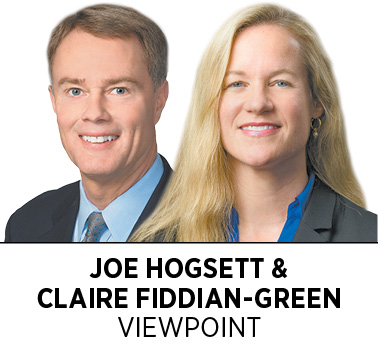Subscriber Benefit
As a subscriber you can listen to articles at work, in the car, or while you work out. Subscribe Now When Aaron Sims ended his residential treatment for opioid use disorder, the option of giving him medication to aid in his recovery was not even considered. Instead, he went into supportive housing without medication—and eventually returned home.
When Aaron Sims ended his residential treatment for opioid use disorder, the option of giving him medication to aid in his recovery was not even considered. Instead, he went into supportive housing without medication—and eventually returned home.
Aaron was making progress until he hit a roadblock. Three months later, he died from a heroin overdose.
That was in 2013.
In the years since, Indiana has made positive strides to broaden access to medication as treatment for opioid use disorder. That is important, because giving those suffering from OUD access to medicines such as methadone and buprenorphine as a first step to recovery has proven to significantly improve outcomes. Known as Medication for Opioid Use Disorder, or MOUD, it is considered the gold standard of care.
But a recent analysis of Indianapolis’ treatment landscape shows that gaps in receiving timely access to MOUD remain, and more must be done to close these gaps and ensure that people get the help that gives them the best opportunity at recovery.
Aaron’s mom, Justin Phillips, puts it this way: “We need to get better faster, because people are dying.”
Myriad factors drive the gaps in MOUD access, according to the new analysis, which was conducted by the American Institutes for Research and commissioned by the Richard M. Fairbanks Foundation.
Among the top challenges is stigma around dispensing medicine as treatment, which makes accessing such treatment more difficult. Barriers such as lack of transportation and housing—and conflicts between treatment providers’ hours and patients’ work schedules—compound the challenge.
And researchers found that online information about services that treatment providers offer conflicts with information shared by front-line staff over the phone, creating a more difficult maze to navigate when it comes to finding treatment.
Phillips, who now runs a not-for-profit, Overdose Lifeline, that connects Hoosiers with resources to combat opioid use disorder, understands this firsthand. She recently received a Facebook message from someone hungry for guidance on where he could get help for opioid use disorder—an indication of just how confusing the landscape of services can be.
For Hoosiers who need treatment, the inability to access medicine at the moment they’re ready to start recovery can be the difference between life and death.
It’s critical to get treatment underway when individuals are open to making the first step. What’s more, evidence shows people who attempt recovery without medication are more likely to relapse, and that puts them at a much higher risk of fatal overdose.
With key changes, we can address this challenge.
Developing an effective centralized system for substance use disorder intake and assessment would be a dramatic stride. Many who suffer from opioid use disorder also suffer from other substance misuse, and many treatment providers offer multiple kinds of care. Since the problem—and treatment—are integrated, we must integrate our approach to connecting people with care.
We also must take steps to ensure access to treatment is more widely available, such as through expanding treatment center hours. We should also increase the capacity for treatment in primary care centers.
To close information gaps, it’s also important to train front-line staff so they can direct patients to the right resources. And access to services such as affordable recovery housing and transportation are essential to breaking down barriers to treatment.
Solving these challenges will require collaboration among service providers, local government, employers and funders so we can identify gaps and prioritize solutions.
We must act with urgency. Lives are depending on it.•
__________
Hogsett is mayor of Indianapolis. Fiddian-Green is president and CEO of the Richard M. Fairbanks Foundation.
Please enable JavaScript to view this content.
